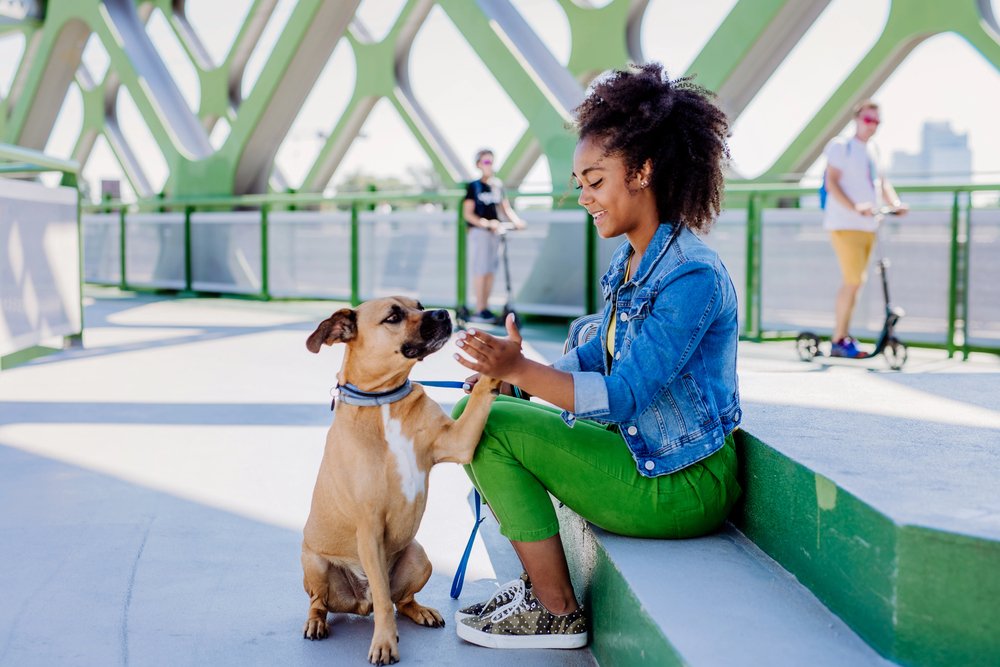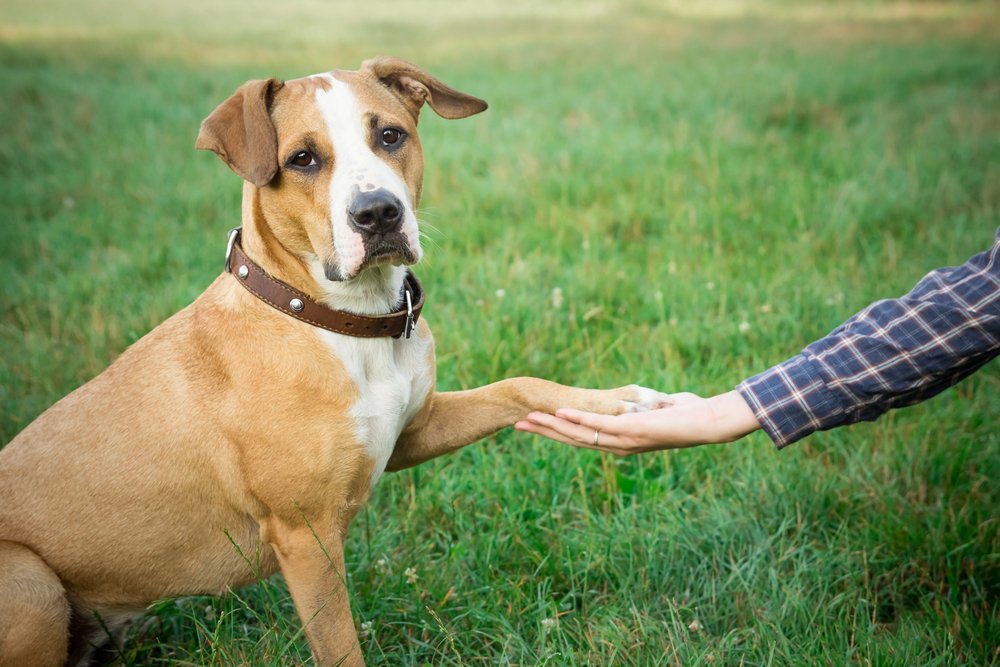Before diving into specific commands like “sit” and “give paw,” it’s crucial to comprehend how your dog learns. Dogs predominantly learn through association and repetition. When they perform a behavior and receive a positive outcome, such as a treat or praise, they’re more likely to repeat that behavior. Patience and consistency are key in reinforcing positive actions.
Importance of Building a Strong Bond

Creating a trusting and loving relationship with your dog is fundamental before starting any training. Dogs respond best to owners with whom they share a bond built on trust, respect, and clear communication. Spend quality time with your pet, engaging in activities that they enjoy, to strengthen this bond.
Choosing the Right Training Environment

Selecting a suitable training environment is crucial for successful learning. Choose a quiet space without distractions so your dog can focus entirely on you and the task at hand. As your dog becomes more proficient, gradually introduce distractions to ensure they obey commands in any environment.
Using Positive Reinforcement

Positive reinforcement is the most effective training method for teaching dogs new commands. This involves rewarding your dog with treats, praise, or playtime whenever they perform the desired behavior. Avoid negative reinforcement, as it can create fear and anxiety, hindering the learning process.
Teaching Your Dog to Sit

The “sit” command is one of the easiest and most useful commands to teach your dog. Start by holding a treat close to your dog’s nose. Slowly move your hand up, allowing your dog’s head to follow the treat while their bottom naturally lowers to the ground. Once they are in a sitting position, say “sit” clearly and give them the treat followed by praise.
Practicing the Sit Command

Repetition is key when it comes to dog training. Practice the sit command multiple times daily, using short, focused sessions of five to ten minutes. Try incorporating the command into daily routines, asking your dog to “sit” before meals, walks, or playtime to reinforce the behavior.
Introducing the Give Paw Command

The “give paw” command is a fun trick and a great way to enhance your dog’s focus and coordination. Begin by getting your dog into a sitting position. Hold a treat in your hand and show it to your dog, keeping it slightly out of reach. Use your other hand to gently lift your dog’s paw while saying “give paw.” Reward them immediately after they respond correctly.
Reinforcing the Give Paw Command

Consistent practice strengthens the “give paw” command. Practice a few repetitions daily, progressively expecting your dog to offer their paw without assistance. Gradually reduce the use of treats, replacing them with verbal praise and petting to reinforce the behavior.
Patience and Adaptation

Every dog learns at their own pace, so patience is crucial. Some dogs may quickly grasp these commands, while others may take longer. Be patient and adaptable in your approach, adjusting training techniques and durations to suit your dog’s unique temperament and learning style.
Understanding Common Challenges

Training can present various challenges, including short attention spans, stubbornness, and lack of motivation. Staying motivated yourself, employing varied rewards, and keeping training sessions short yet consistent can help combat these common issues. If problems persist, consider seeking professional guidance from a dog trainer.
Celebrating Progress and Success

Recognizing and celebrating milestones in your dog’s training journey is important. Whether they’ve finally mastered a command or shown improvement, every success strengthens your bond and motivates both of you to continue learning. Make training a rewarding experience for both you and your pet.

Esther is from India; the heartbeat of South Asia, holding a Master’s degree in Zoology and a postgraduate diploma in Animal Welfare. Her enthusiasm for animal welfare drives her passion and dedication to working for animals, ensuring their well-being, and advocating for their rights. With a solid academic background and hands-on experience, she is committed to making a positive impact in the field of animal welfare. In her free time, she enjoys embroidery and sewing. As a Chennaite from Tamil Nadu, Esther loves Bharathanatyam, an Indian classical dance form.





